|
Product Description
|
|
We can manufacture any size or design – Call +44 808 258 7740 for more information. To have a special or unique plaque manufactured makes a wonderful gift, addition to your memorabilia collection or a special retirement present. This US Navy Seal is hand carved and painted from solid mahogany which has been treated and kiln dried to avoid warping and twisting. It is available in seven different sizes as standard but we can make any changes or modifications that you need. Please note that we do not use any stick on letters or inserts, these Military Plaques are manufactured by hand by our trained craftsmen. Our staff have been specially trained to help you with any questions or design issues that you might have. Call us toll free on +44 808 258 7740. If you want to have this beautiful plaque as a table decoration we can supply specially manufactured stands. For more information please call +44 808 258 7740. |
|
U.S. Navy USN Seal
|
|
Background, Description, and Symbolism of the U.S. Navy Seal The first American Navy seal was adopted by the Continental Congress on 4 May 1780 for the Board of Admiralty, progenitor of the Navy Department. This seal was affixed to naval officer commissions, and was as follows: “the arms, thirteen bars mutually supporting each other, alternate red and white in a blue field, and surmounting an anchor proper. The crest a ship under sail. The motto Sustentans et Sustentatum. The legend U.S.A. Sigil. Naval.” The ship on the seal wore a national ensign at the stern and a commission pennant atop the mainmast. The Continental Navy of the American Revolution went out of existence in 1785 with the sale of the last ship, USS Alliance. When a separate Navy Department was founded in 1798, the Board of Admiralty seal was no longer used. Naval officer commissions from 1798 to 1849 carried a distinctly different seal which contained the basic elements of the current official seal — the sea, ship under sail, eagle and anchor. The seal again underwent change about 1850 as the design came even closer to that which is in use today. Neither the 1798 nor the 1850 seal seems to have had any specific authorization. The century following the appearance of the 1850 design witnessed variations in the position and shape of the eagle, ship and anchor. Sometimes land was shown on the seal, and at other times only water. Likewise, the several Navy Bureaus and Offices employed a variety of seal designs. For years prior to 1957, when the present seal was adopted, military and civilian officials within the Navy expressed the need for an official seal of uniform design. Naval records reveal an interest in and awareness of the many variations which had crept into the seal details. Concerted effort to arrive at a redesigned standard seal for use by the Navy, afloat and ashore, awaited the post-World War II period. Recommendations from Secretaries of the Navy, heraldic experts, and historians resulted in this final seal design approved by President Eisenhower, and promulgated by Executive Order 10736 on 23 October 1957: On a circular background of fair sky and moderate sea with land in sinister base, a three-masted square-rigged ship underway before a fair breeze with after topsail furled, commission pennant atop the foremast, National Ensign atop the main, and the commodore’s flag atop the mizzen. In front of the ship a Luce-type anchor inclined slightly bendwise with the crown resting on the land and, in front of the shank and in back of the dexter fluke, an American bald eagle rising to sinister regarding to dexter, one foot on the ground, the other resting on the anchor near the shank; all in proper colors. The whole within a blue annulet bearing the inscrip tion “Department of the Navy” at top, and “United States of America” at the bottom, separated on each side by a mullet and within a rim in the form of a rope; inscription, rope, mullet, and edges of annulet all gold. Land in the design would symbolize the Navy’s supporting shore facilities as well as the fleet’s amphibious strike capabilities. Since the wording “Navy Department,” used on earlier seals, had generally come to signify only the headquarters activities in Washington, the inscription was changed to “Department of the Navy” in order to embrace the Navy’s total world-wide operations afloat, in the air, and ashore. Above Information Provided by the Navy Historical Center |
| Weight | 1 kg |
|---|
You must be logged in to post a review.

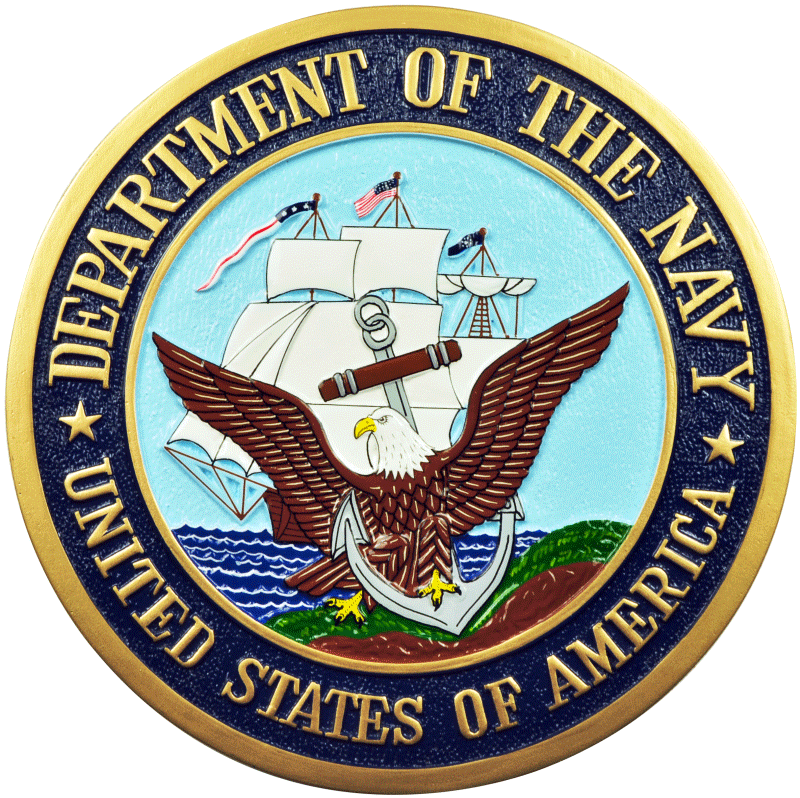
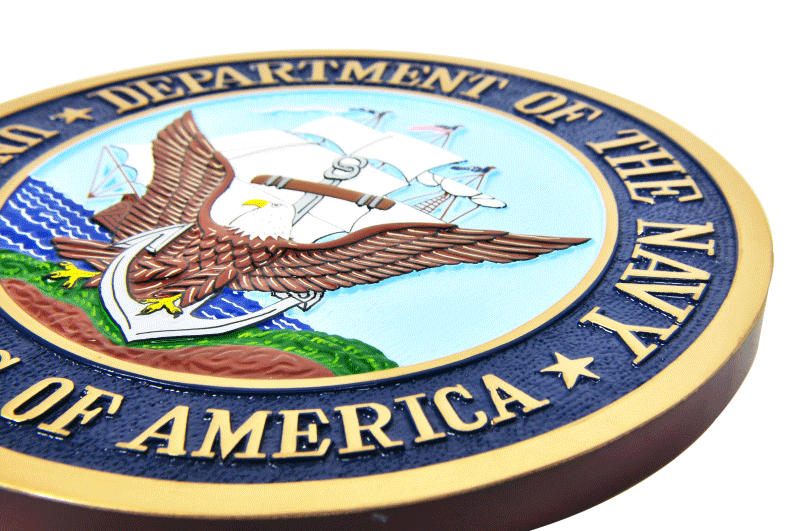
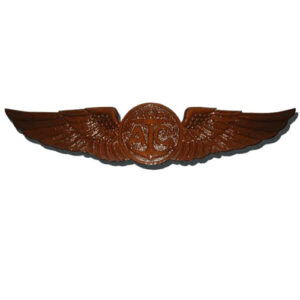
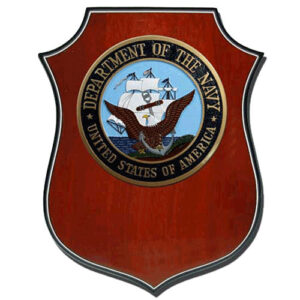
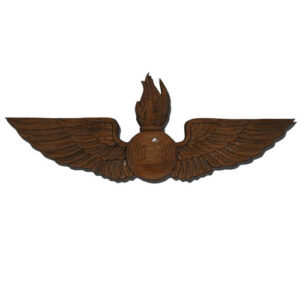
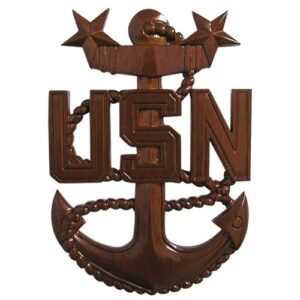
Reviews
There are no reviews yet.